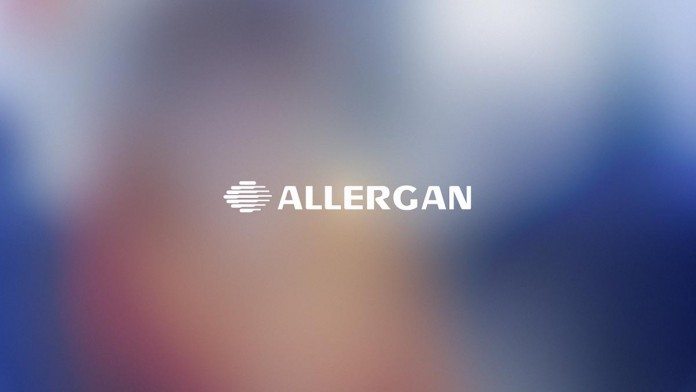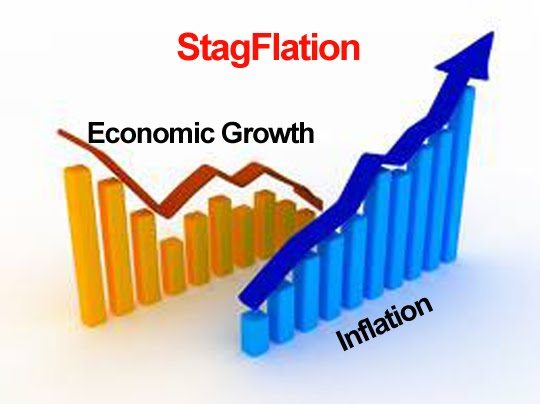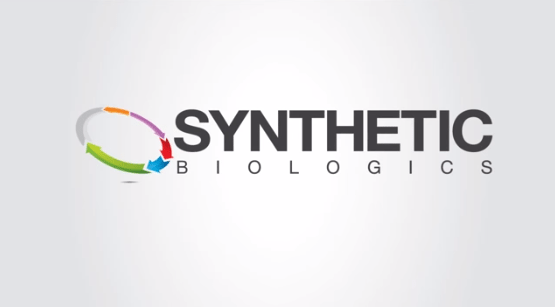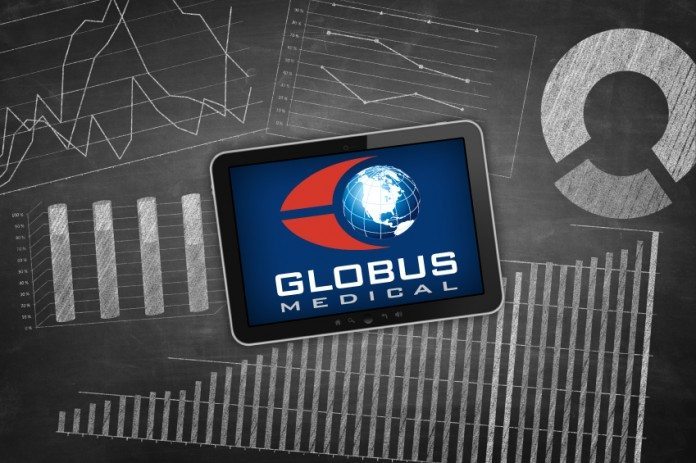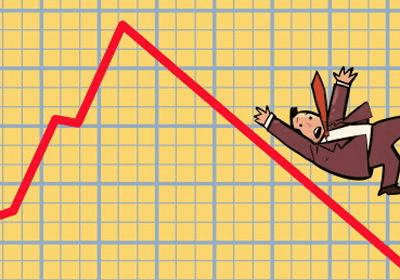Markets are continuing to struggle in the wake of last week’s decline. After a tepid recovery, it looks as though the major indices have returned to an overarching bearish trend, as investors rush to reduce exposure to their more risky assets. What better time, then, to try and find some hidden gems. Here are five fundamentally sound small caps with little or no analyst coverage that look undervalued at current prices.
Enzymotec Ltd. (NASDAQ:ENZY)
First up we’ve got Enzymotec. This company produces a range of pharmaceutical foods that it sells globally. In the US, its products fall under the medical foods category (regulated by the FDA) and outside the US it forms partnerships with pharmaceutical companies and licenses its products for resale. Its portfolio includes food based treatments for ADHD, elevated triglyceride levels (an early onset symptom of heart disease) and memory impairment. Based in Israel, the beauty of this company is its current market capitalization. The market values Enzymotec at a little over $235 million – despite average annual revenues over the past three years of circa $50 million and 2014 net income of $7.8 million. With a trailing 12-month (ttm) price/sales of 5.23, and a forward P/E of 19.44, alongside just short of $40 million cash and cash equivalents and no debt, this is a real fundamentally sound operation.
EMCORE Corporation (NASDAQ:EMKR)
Here is one of that might be controversial. EMCORE fell from grace spectacularly following 2008, having peaked out around $60 a share now trades for just $6.80. However, and despite a number of institutional selloffs over the last month or so, the company reported Q3 revenues of $21.2 million and GAAP net income of $2.4 million. Further, it completed a Dutch auction buy back of $45 million worth of shares of its own common stock back in June. Operationally the company builds and provides raw materials for semiconductor systems and the fibre optics market. Annual revenues came in at $174 million last year – bang on its current market capitalization. Price/sales (ttm) comes in at just 0.92, and once again, with more than $140 million cash and cash equivalents and zero debt, the company looks well set to expand its bottom line going forward. The next big release will be its 2015 year-end, which we should get in October (year-end to September for this company).
Perion Network Ltd. (NASDAQ:PERI)
Another one based out of Israel, Perion is a data company that provides analytics primarily for the mobile advertising space. The company posted second-quarter net income of a little over $8 million at the beginning of this month on revenues of $48.6 million. Annual revenues are forecast at just shy of $200 million for FY 2015. Despite this, the company’s market capitalization is just $169 million, currently trading for just $2.30 a share. The mobile advertising industry is set to expand to just shy of $60 billion by 2017, and Perion looks well placed to take advantage of this growth. The company has some debt on its books – circa $40 million. However, with cash and cash equivalents of hundred and $27.9 million translating to a current ratio of 2.92, operational spend shouldn’t be a near-term problem.
Bellatrix Exploration Ltd. (NYSE:BXE)
Alongside the majority of the oil and gas industry, Bellatrix has suffered over the past few years – at least as far as the equities markets are concerned. Having reached nearly $10 a share in early 2014, the company has since collapsed to trade just shy of two dollars a share at last close. On revenues of $72.3 million during Q2 2015, the company reported a loss of $19.9 million – likely as a result of the decline in the price of natural gas. Additionally, the company is highly leveraged, with more than $500 million debt versus cash and cash equivalents of $7.7 million. However, with the pending interest rate hike at US, we could well see a turnaround in commodities prices. If this happens, oil and gas companies trading for less than five times revenues will be tough to find. A little more risky than some of the others, this one, but worth a look nonetheless.
Genco Shipping & Trading Ltd. (NYSE:GNK)
Finally we have Genco. Genco is a New York head quartered company that ships commodities and dry-load cargo globally. The company up listed to the NYSE mid-July and having debuted around $7.6 a share, currently trades for $5.4 – a 25% discount on its up listing price. The decline comes on recent earnings that revealed a net loss for Q2 2015 at just over $40 million on revs of $34.6 million. However, analysts forecast annual revenues of $234 million this year, and an improved dryload environment should feed into this expansion. Further, a recently completed merger with competitor Baltic Trading should help to consolidate costs and streamline operations going forward. With this said, this one really is an asset value play. The company has vessel assets of more than $1.2 billion, and current liabilities of just $63 million. In other words, its share price is diminished through overarching industry decline, but if it can ride out the storm, it could be set for a rapid revaluation.


